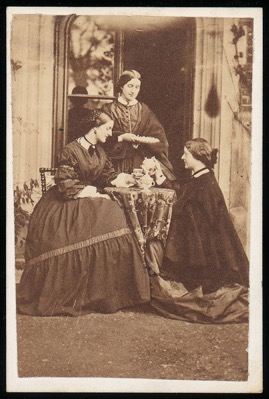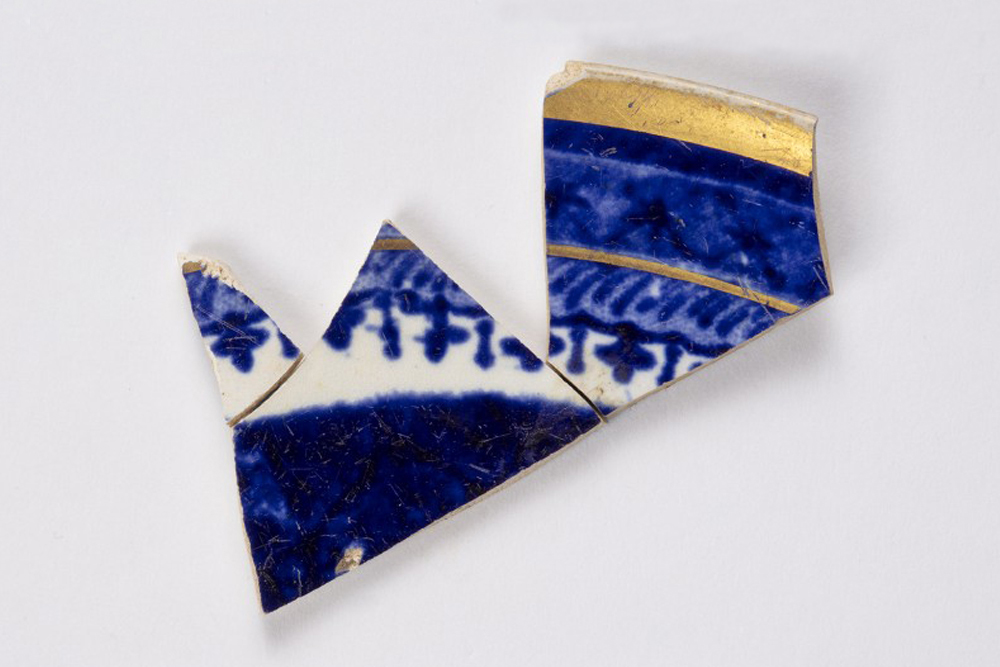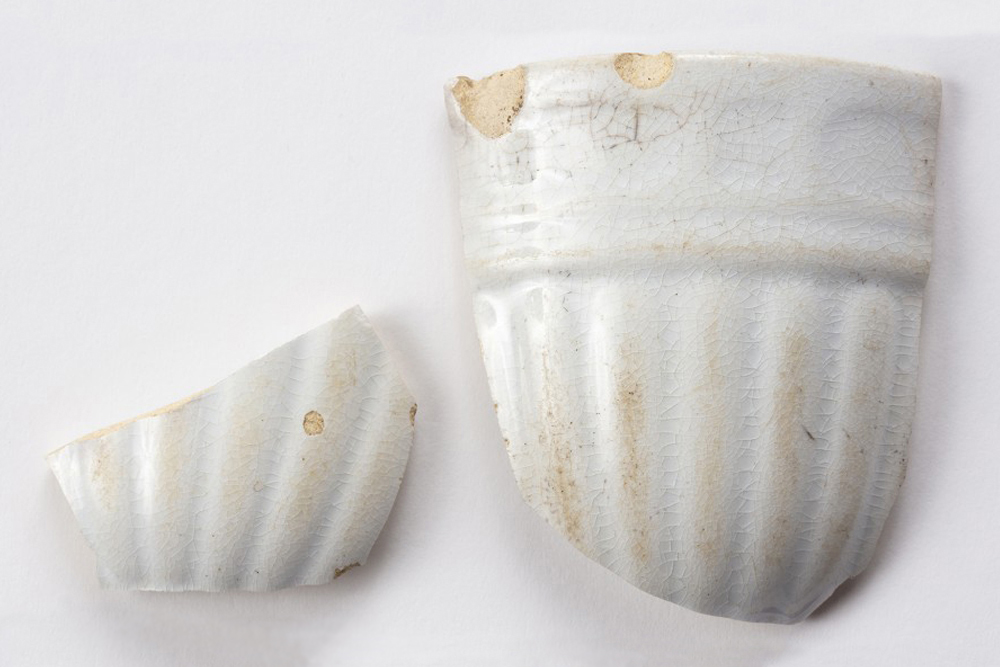Tea
Tea, and all the rituals and accoutrements that go with it, has become an important cultural practice across the world since it was first popularized in China. Initially used for medicinal purposes, tea later became more popular as a beverage for leisure, fostering many tea-drinking practices and traditions. From the grand tea ceremonies of Japan that started during the twelfth century to the equally strict afternoon tea time in England that began in the mid-seventeenth century (and the explicit class divides that came with), tea has always been an influential commodity, both socially and culturally. Tea was introduced to America by English colonists and continually reinforced as a cultural practice through immigration from and trade with England.
By the nineteenth century, tea was accessible to people of varying economic means. It served as a basis for social gatherings, often associated with class and displays of wealth, but members of the lower-middle and working classes also used tea to create social bonds between peers and sustain themselves through long days at work. While tea gatherings were not limited to women, they were a uniquely female-dominated arena, especially with the advent of the “cult of domesticity,” an idea which emphasized that women and their servants should take on the role of moral guardians of their families and make their homes domestic sanctuaries. As ceramics like teapots and saucers became more affordable, tea became something of an attainable luxury. Middle-class women were expected to curate a set of dishes, including a full tea set, for the purposes of entertaining guests. Public opinion also dictated that displaying “beautiful” and “civilized” objects in your home would improve the virtue of your household.
The variety of tea objects included in this section were uncovered from the Seneca Village excavation in the yard between the Webster and Phillips houses–two families to whom we assume the objects belonged. The teapot and tea saucer are English ceramics, most likely influenced by popular Chinese-inspired designs, and the teacup is made of sturdy white granite ware, molded in the “Prize-Puritan” form. Lastly, the spoon was identified as a copper alloy teaspoon, though it may have been coated in silver. How do each of these objects offer insight into the lives of the Philips and Webster families? Were the objects acquired only for their practical use, or could they have signified class and status?

Albumen silver print photograph of Three Women at Tea. Source: Metropolitan Museum of Art




